FMS FMM098PBLUX Owner's manual
- Category
- Remote controlled toys
- Type
- Owner's manual
This manual is also suitable for
FMS FMM098PBLUX is a powerful and versatile RC aircraft with a wingspan of 1700mm, making it ideal for both experienced and beginner pilots. Crafted from durable EPO foam, this aircraft boasts a lightweight yet sturdy construction that can withstand minor crashes. Equipped with twin 4258-KV460 motors and twin 60A ESCs, the FMS FMM098PBLUX delivers impressive power and speed, allowing for thrilling aerobatic maneuvers and precise control. The 13g metal analog servos and 23g metal analog servos provide exceptional responsiveness and control, ensuring smooth and accurate flight performance.
FMS FMM098PBLUX is a powerful and versatile RC aircraft with a wingspan of 1700mm, making it ideal for both experienced and beginner pilots. Crafted from durable EPO foam, this aircraft boasts a lightweight yet sturdy construction that can withstand minor crashes. Equipped with twin 4258-KV460 motors and twin 60A ESCs, the FMS FMM098PBLUX delivers impressive power and speed, allowing for thrilling aerobatic maneuvers and precise control. The 13g metal analog servos and 23g metal analog servos provide exceptional responsiveness and control, ensuring smooth and accurate flight performance.




















-
 1
1
-
 2
2
-
 3
3
-
 4
4
-
 5
5
-
 6
6
-
 7
7
-
 8
8
-
 9
9
-
 10
10
-
 11
11
-
 12
12
-
 13
13
-
 14
14
-
 15
15
-
 16
16
-
 17
17
-
 18
18
-
 19
19
-
 20
20
-
 21
21
-
 22
22
-
 23
23
-
 24
24
-
 25
25
-
 26
26
-
 27
27
-
 28
28
-
 29
29
-
 30
30
-
 31
31
-
 32
32
FMS FMM098PBLUX Owner's manual
- Category
- Remote controlled toys
- Type
- Owner's manual
- This manual is also suitable for
FMS FMM098PBLUX is a powerful and versatile RC aircraft with a wingspan of 1700mm, making it ideal for both experienced and beginner pilots. Crafted from durable EPO foam, this aircraft boasts a lightweight yet sturdy construction that can withstand minor crashes. Equipped with twin 4258-KV460 motors and twin 60A ESCs, the FMS FMM098PBLUX delivers impressive power and speed, allowing for thrilling aerobatic maneuvers and precise control. The 13g metal analog servos and 23g metal analog servos provide exceptional responsiveness and control, ensuring smooth and accurate flight performance.
Ask a question and I''ll find the answer in the document
Finding information in a document is now easier with AI
Related papers
-
FMS Sbach 342 Operating instructions
-
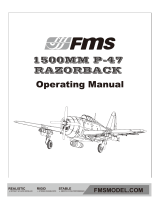 FMS Models FMM089PX Owner's manual
FMS Models FMM089PX Owner's manual
-
FMS Models Dassult Rafale Owner's manual
-
FMS FMM095PRED Owner's manual
-
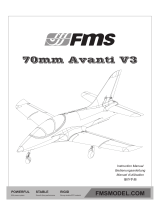 FMS Models FMM127PX Owner's manual
FMS Models FMM127PX Owner's manual
-
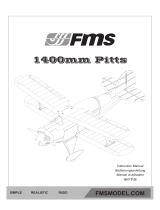 FMS Models FMM126P Owner's manual
FMS Models FMM126P Owner's manual
-
FMS Models FMM133P Owner's manual
-
FMS P47 Operating instructions
-
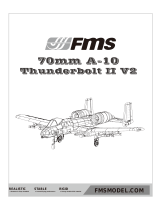 FMS Models FMM113PX Owner's manual
FMS Models FMM113PX Owner's manual
-
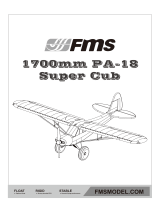 FMS Models FMM110PF User manual
FMS Models FMM110PF User manual
Other documents
-
Corally TOROX 185 User manual
-
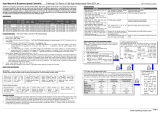 Freewing Pandora ESC User manual
Freewing Pandora ESC User manual
-
Hobbywing 40A V2 User manual
-
E-flite EFLA311B User manual
-
Arrows AH015P User manual
-
Team Associated ESC SC600BL Owner's manual
-
Hobbywing HWG-SC-6035 User manual
-
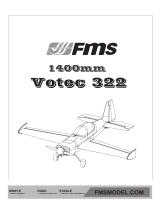 FMS Models FMM1011P Owner's manual
FMS Models FMM1011P Owner's manual
-
Hobbywing 10A-UBEC User guide
-
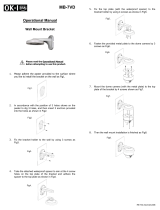 Okina USA MB 7VD Owner's manual
Okina USA MB 7VD Owner's manual







































